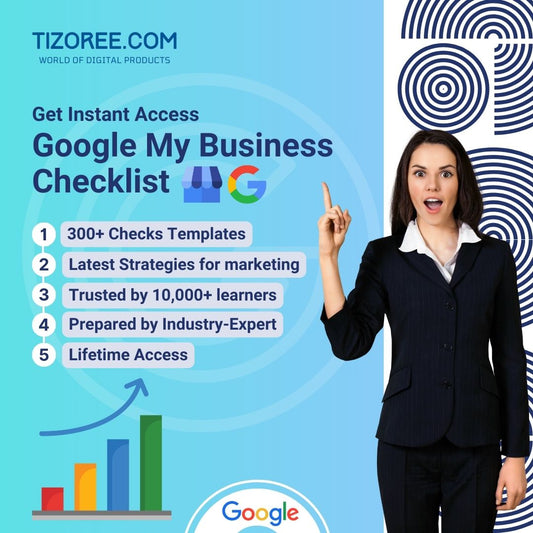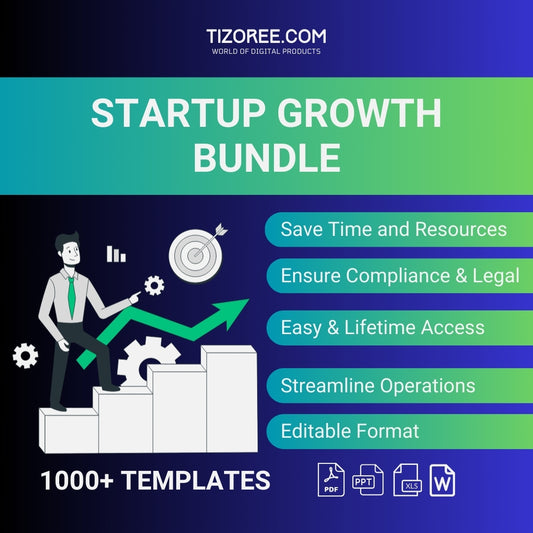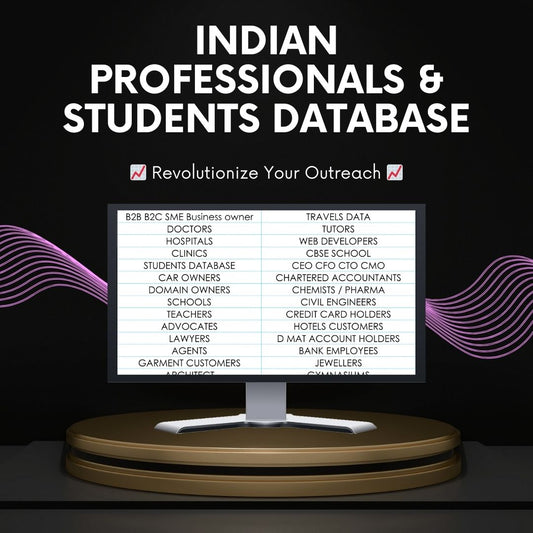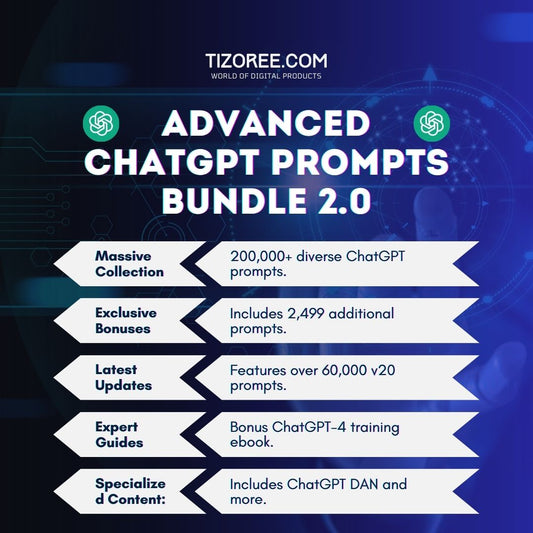If I Wanted to Grow An Audience in 2024, I'd Do This
Share
Growing an online audience can feel overwhelming, especially in a crowded digital landscape. With over six years of experience and more than six million followers across platforms, I have learned valuable strategies that can help anyone looking to build a following.
This article outlines the essential steps to take if you want to grow your audience from scratch today.
Understanding Your Niche
The first step in growing an audience is defining your niche. Your niche is a combination of your target audience and the value you provide them. For instance, as a marketing agency owner, you might target other marketing agency owners, providing them with tips on growing their businesses. Alternatively, you could focus on direct-to-consumer (DTC) brand managers and teach them how to utilize TikTok ads effectively.
Once you identify your niche, brainstorm various content ideas that cater to that audience. Research popular blogs and YouTube channels in your field to see what resonates with viewers. This process helps you create content that meets the needs of your target audience.
The Technique of Viral Replication
One effective strategy for generating content ideas is viral replication. This technique involves analyzing successful content—specifically, titles and thumbnails of popular videos—and recreating that concept in your unique style. This approach allows you to tap into existing interest while ensuring your content is original.
For example, during my early days on YouTube, I created niche videos aimed at helping aspiring medical students gain admission to prestigious universities in the UK, such as Oxford and Cambridge. My background as a medical student gave me an unfair advantage, allowing me to share insights and tips that others might not have access to.
Identifying Your Unfair Advantage
Every creator has a unique perspective or experience that sets them apart. Identifying your unfair advantage is crucial in carving out your niche. In my case, my experience as a medical student and my previous work in teaching courses on medical admissions provided me with the credibility and knowledge to create valuable content.
Consider what experiences or knowledge you possess that could benefit your audience. Amy Porterfield refers to this as the "10% Edge," which is the idea that you should aim to be just 10% ahead of your audience. This allows you to guide them effectively and build trust.
Documenting Your Journey
Another strategy I employed was the concept of "document, don't create." Instead of focusing solely on producing polished content, I documented my journey—how I studied for exams, how I created study schedules, and the techniques I found helpful. This authentic approach resonated with viewers, as they appreciated the transparency and relatability of my experiences.
Systemizing Your Content Creation
Content creation should not be viewed solely as a creative endeavor; it is also about establishing systems and processes. Creativity can be systematic, and by implementing structured workflows, you can streamline your content production.
For instance, I found that dedicating time to the packaging of my videos—titles and thumbnails—was critical to attracting viewers. If no one clicks on your video, the content itself won't matter. Therefore, invest effort into creating compelling titles and eye-catching thumbnails that encourage clicks.
The Power of Hooks and Structure
In terms of content, the first 30 seconds of your video are crucial. This is your hook—the part that grabs viewers' attention. Following the hook, a clear structure helps maintain viewer engagement. A three-part structure often works well, guiding the viewer through your content seamlessly.
Consistency is Key
Many aspiring creators seek a magic bullet for consistency, but the truth is that building an audience takes time, patience, and faith. Setting input goals—goals that are within your control—can help you stay focused. For example, while you cannot control the number of subscribers you gain, you can control the frequency and quality of your content.
My advice is to commit to a consistent posting schedule. For those starting on platforms like YouTube, I recommend posting a video every week for at least two years. This long-term commitment is essential for seeing tangible results.
Overcoming Initial Challenges
It's common to feel discouraged in the early stages of content creation. Many people expect instant results after only a few months of effort. However, just like the years of training it takes to become a doctor, building a successful online presence requires dedication and hard work. Embrace the process and understand that growth will come with time.
Building Systems for Efficiency
As you progress, it is vital to build systems that support your content creation process. Initially, I tried to manage every aspect of my YouTube channel myself, from idea generation to filming and editing. However, I quickly realized that this approach led to burnout and was unsustainable.
Reading "The E-Myth Revisited" by Michael Gerber was transformative for my approach to content creation. The book emphasized the importance of systemization and delegation. I began to view my YouTube channel as a franchise, developing processes that could be replicated consistently.
Delegating Tasks
Over time, I started delegating various tasks to my team. While I still handle writing and filming, others assist with idea generation, research, editing, and publishing. This delegation allows me to focus on what I do best—creating content that adds value to my audience.
Repurposing Content for Maximum Reach
Once you create a piece of content, consider how you can repurpose it across different platforms. For example, a YouTube video can be transformed into a Twitter thread, LinkedIn post, or Instagram carousel. This strategy maximizes the value of your content and increases your reach.
Building a Supportive Team
As my content creation evolved, I expanded my team, now consisting of 14 individuals, 10 of whom focus on content-related tasks. This support structure allows me to maintain a high level of content quality while also managing other aspects of my business.
Embracing the Journey
Ultimately, growing an audience is not just about the numbers; it’s about the connections you build and the value you provide. Embrace the journey, celebrate your progress, and remember that success often comes from consistent effort and a willingness to adapt.
In conclusion, if I were to start growing an audience in 2024, I would focus on understanding my niche, leveraging my unfair advantage, systemizing my content creation, and remaining committed to consistency. By doing so, I would not only build an audience but also create a community that values the content I produce.



